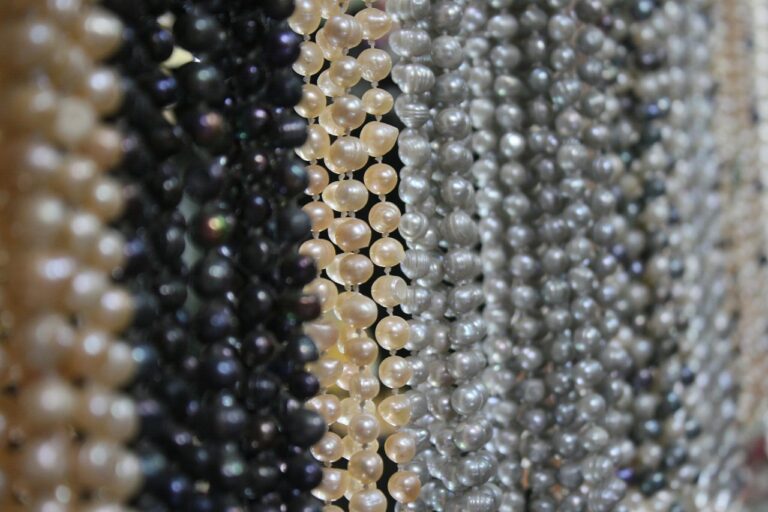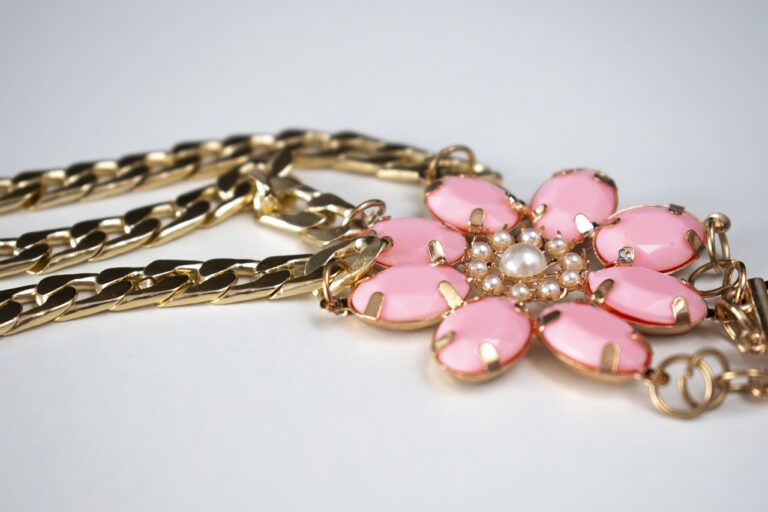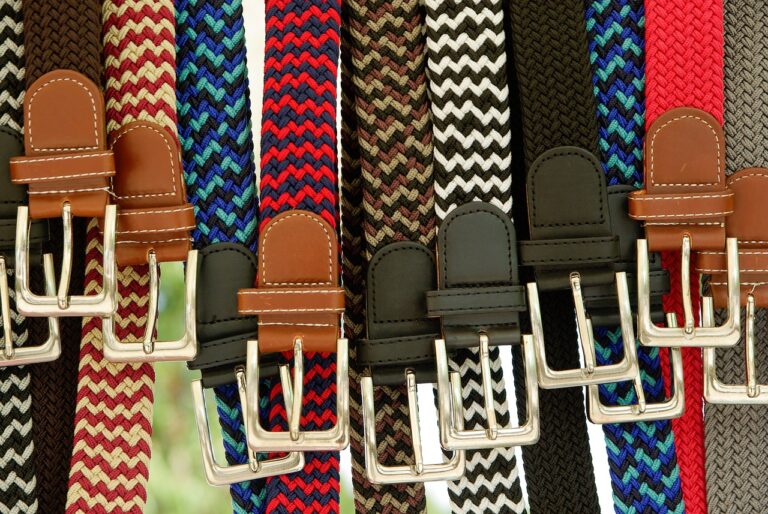The Influence of Architecture on Fashion Design: Exploring Structural Elements in Clothing
Architecture and fashion share a deep-rooted connection that has influenced design aesthetics for centuries. The use of structural elements such as geometric shapes, clean lines, and innovative silhouettes embodies the essence of architectural influence in fashion design. Architects and fashion designers often draw inspiration from each other’s work, creating pieces that blur the lines between clothing and art.
The key elements of architectural influence in fashion design can be seen in the meticulous attention to detail, the play of light and shadow on garments, and the incorporation of unique textures and materials. By merging the principles of architecture with the creativity of fashion, designers are able to craft clothing that not only serves a functional purpose but also tells a story of innovation and creativity. The fusion of these two disciplines allows for the creation of garments that transcend mere clothing and become wearable works of art.
The Role of Form and Shape in Clothing Design
Form and shape are essential components in clothing design, playing a critical role in creating visually appealing and flattering garments. The way fabric drapes and molds around the body is largely influenced by the form and shape of the garment. For instance, a structured A-line dress emphasizes the waist and skims over the hips, creating a flattering silhouette that enhances the wearer’s figure.
Moreover, the form and shape of a garment can also convey a particular mood or aesthetic. For example, a voluminous ball gown with layers of tulle exudes a sense of grandeur and opulence, while a sleek and tailored pantsuit exudes sophistication and modernity. Designers often manipulate form and shape to evoke specific emotions or messages through their creations, showcasing the powerful impact that these elements have in clothing design.
• The way fabric drapes and molds around the body is largely influenced by the form and shape of the garment.
• A structured A-line dress emphasizes the waist and skims over the hips, creating a flattering silhouette that enhances the wearer’s figure.
• The form and shape of a garment can convey a particular mood or aesthetic.
• For example, a voluminous ball gown with layers of tulle exudes a sense of grandeur and opulence.
• A sleek and tailored pantsuit exudes sophistication and modernity.
• Designers manipulate form and shape to evoke specific emotions or messages through their creations.
Exploring the Use of Lines and Angles in Fashion
Lines and angles play a vital role in shaping the design aesthetic of fashion pieces. The use of straight lines can create a sense of structure and sharpness in a garment, while angled lines add dynamism and movement. Designers often incorporate these elements to enhance the overall silhouette and create visual interest in their collections. By strategically placing lines and angles in their designs, they can manipulate the way the garment drapes on the body and how it interacts with light.
Furthermore, playing with contrasting lines and angles can also evoke a sense of balance and harmony in a garment. Mixing sharp, angular lines with soft, curved ones can create a juxtaposition that adds depth and complexity to a design. This interplay of different geometrical elements can engage the eye and draw attention to specific areas of the garment, highlighting certain features or creating a sense of symmetry. In essence, lines and angles act as powerful tools for fashion designers to manipulate the visual perception of their creations.
How do lines and angles play a role in fashion design?
Lines and angles are essential elements in fashion design as they contribute to the overall structure and silhouette of a garment. They can create visual interest, emphasize certain features, and add a unique aesthetic to a design.
Can you give examples of how lines and angles are used in fashion?
Sure! Lines can be used to create vertical or horizontal stripes in a garment, while angles can be incorporated through asymmetrical hemlines, angular cutouts, or geometric patterns.
How does architectural influence impact fashion design?
Architectural influence in fashion design can be seen through the use of clean lines, structural shapes, and geometric forms. Designers often draw inspiration from architectural elements to create garments with a modern and sophisticated aesthetic.
What role does form and shape play in clothing design?
Form and shape are key considerations in clothing design as they determine how a garment fits and drapes on the body. The silhouette of a garment can be altered through the manipulation of form and shape, resulting in different styles and looks.







